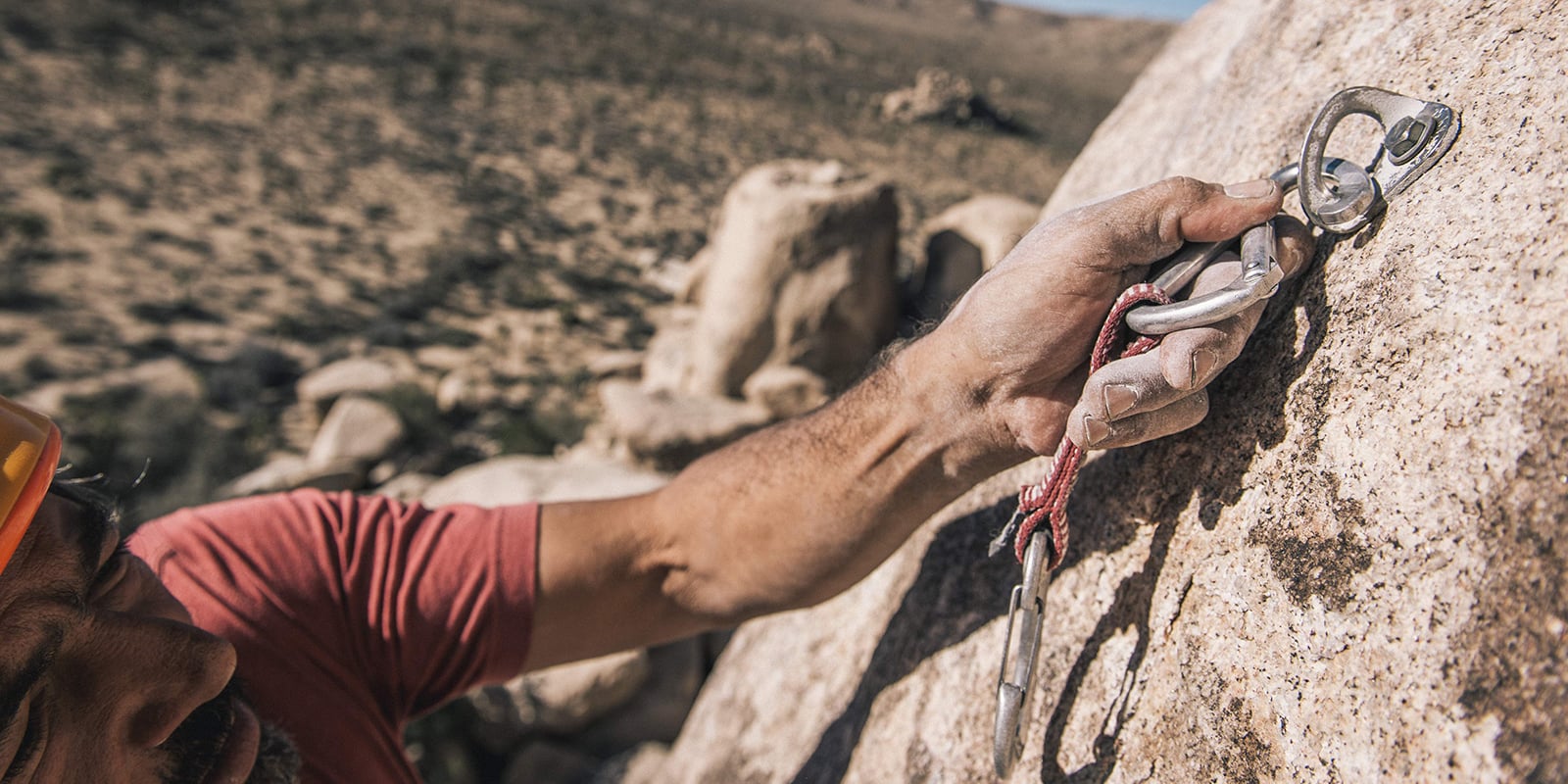Sport climbing is much more accessible than conventional rock climbing, both concerning place and at the expense of outfitting. Its entertaining and often-competitive setting, along with the immediate satisfaction of finishing many challenging routes in one outing, attracts newcomers into the game and is a natural development for gym addicts that wish to take their abilities to the outside.
What’s Sport Climbing?
Sport climbing entails high-intensity climbing on comparatively short routes. Its distinguishing characteristics consist of preplaced bolts and also an emphasis on the physiological component of the climb instead of the destination or summit.
Less equipment required: Since the accent is on the motions, sport climbers do not put their own defense, but clip to preplaced bolts with metal hangers. This permits the direct climber to advance upward without the stress and hassle of carrying out a complete rack of equipment and putting protection just like you want with trad climbing.
Access: Sport paths are available inside or outside, on neighboring, available in rock crags or on artificial walls in a fitness center or a contest arena. Climbers can appreciate being on the”sharp end” of this rope–which is, leading the rise –without even understanding how to put chocks or camming devices.
Falling: When sport climbing, it is normal and expected that you will drop, often repeatedly, as you workout a challenging move. In trad climbing, you’d typically take care to not collapse and also stress the anchors you’re placing.
Gear for sport climbing is mild, compact and targeted in speed and efficacy.
Climbing ropes are offered as dry-treated or even non-dry. The expensive dry-treated ropes withstand water absorption, keeping them supple and powerful if you are trapped in a rainstorm or travel . Most game climbers will tug their ropes and move home when it rains, so if you mostly game rise, you can save yourself a little cash and move with a non-dry rope.
Climbing Harness
Harnesses made particularly for sport climbing are usually lightweight and compact but have padding to cushion repeated falls. The plan is thinner, frequently with fewer equipment loops to shave weight and optimize freedom.
Climbing Shoes
Since game climbs are somewhat brief and hard, climbers frequently choose moderate to competitive shoes which have a downturned form and thin, sticky soles that give an fantastic sense of the stone. The downturned shape sets your toes in a robust and strong place for stepping on little holds but sacrifices some relaxation. If you are a beginner climber, you may prefer a neutral shoe that is comfortable to wear as you develop your strategy.
Sport climbers frequently choose shoes that slide on or possess hook-and-loop straps for easy on and off before and after a rise.
Find out more about climbing shoes in this post, climbing Shoes: How to select.
Quickdraws are generally sold with a single straight-gate and a single bent-gate carabiner each. The straight-gate carabiner can be used for cutting the spool, whereas the bent-gate carabiner is formed to create clipping the rope simpler.
Instead of purchasing pre-made quickdraws, you can create your own if you would rather various mixtures of carabiners. Just buy individual quickdraw runners (occasionally called dogbones) as well as also the straight-gate and bent-gate carabiners which you enjoy.
Climbing Helmet
When scaling outside, you must always wear a helmet created especially for climbing. Climbing helmets are made to cushion your mind from falling debris and rock, in addition to provide security in the event of a collapse. They are usually not worn in a climbing gym as it is a controlled atmosphere.
A helmet must feel comfortable, fit snugly but not overly tight and sit on your mind. Helmets have a tough, durable protective casing and an inner strapping system which is made up of the harness, headband and chin strap.
All climbing helmets should satisfy the UIAA (Union Internationale des Associations d’Alpinisme) and CE (European Committee for Standardization) criteria to guard your mind from side and top effects. Watch the REI Expert Advice post, How to Select a Climbing Helmet, for much more detail.
Chalk is a need to keep hands dry to get dicey motions together with jagged holds.

